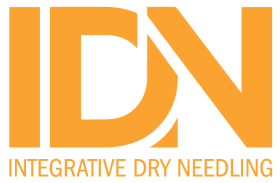Efficacy of the Combination Therapy of Intense Pulsed Light and Microneedling With a Postbiotic Formulation for Melasma
J Cosmet Dermatol. 2025 Dec;24(12):e70580. doi: 10.1111/jocd.70580. ABSTRACT BACKGROUND: Melasma pathogenesis involves multifactorial mechanisms, and a comprehensive strategy achieves superior outcomes compared


